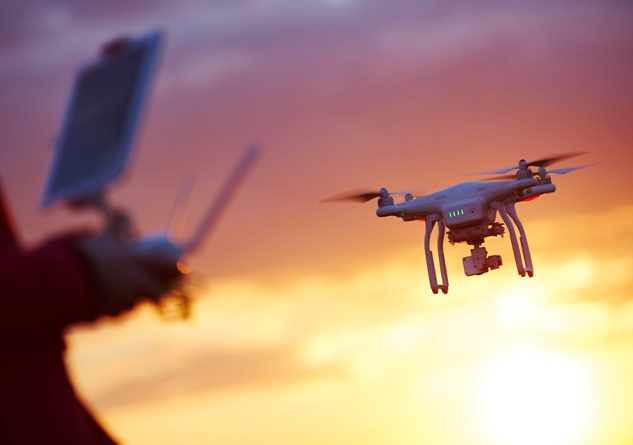The American Academy of Ophthalmology offers top tips to keep your child’s eyes safe
SAN FRANCISCO — Some of the hottest toys this year may not be the best gift for your child. About a quarter of a million children are seen in hospital emergency departments in the U.S. each year due to toy-related injuries, according to the Consumer Product Safety Commission.1 Nearly half of those injuries were to the head and face, including the eyes. And about 35 percent of toy-related injuries are sustained by children under age 5. That’s why the American Academy of Ophthalmology wants to remind parents and grandparents to take care when choosing gifts for children.
Common toy-related eye injuries range from a minor scratch to the front surface of the eye (corneal abrasion) to serious, sight-threatening injuries such as traumatic cataract, bleeding inside the eye, retinal detachment, and even permanent vision loss.
Ophthalmologists – physicians who specialize in medical and surgical eye care – urge people to follow these tips when purchasing toys this holiday.
- Avoid toys that shoot objects. This includes slingshots, dart guns, pellet guns, arrows, slingshots, and water balloon launchers. Closely supervise any child playing with such toys. A clinical study published this year reports that three patients were injured by seemingly soft Nerf gun darts. All three patients experienced pain and blurred vision that took days or weeks to go away.
- Avoid drones with spinning rotors. A Spider-Man-themed drone offered this holiday to children age 12 and up has spinning rotor blades that move at high speed, posing a danger to eyes, fingers, and hair.
- High-powered laser pointers can cause permanent vision loss. Though technically not a toy, some children use them to play “laser tag” or “flashlight tag.” Recent reports show that high-powered lasers (between 1500 and 6000 milliwatts) can cause permanent eye damage in children. One study documented 150 cases of young people in the United Kingdom who suffered eye damage.
- Avoid toy swords, sabers or wands. Enough said, right?
- Read labels for age recommendations before you buy. To select appropriate gifts suited for a child’s age, look for and follow the age recommendations and instructions about proper assembly, use, and supervision.
“It’s all fun and games until someone gets hurt,” said Jane C. Edmond, a clinical spokesperson for the American Academy of Ophthalmology.” These recommendations ensure our loved ones avoid preventable eye damage and have healthy vision for years to come.”
If someone you know experiences an eye injury, seek immediate medical attention from an ophthalmologist. For more information on toy safety or other eye conditions and diseases, visit the American Academy of Ophthalmology’s EyeSmart® website.
About the American Academy of Ophthalmology
The American Academy of Ophthalmology is the world’s largest association of eye physicians and surgeons. A global community of 32,000 medical doctors, we protect sight and empower lives by setting the standards for ophthalmic education and advocating for our patients and the public. We innovate to advance our profession and to ensure the delivery of the highest-quality eye care. Our EyeSmart® program provides the public with the most trusted information about eye health. For more information, visit aao.org.
1 https://www.cpsc.gov/s3fs-public/Toy_Report_2016.pdf?6ZwpKyiwsEdVzWXhH0m0doo5cJALIZFW






